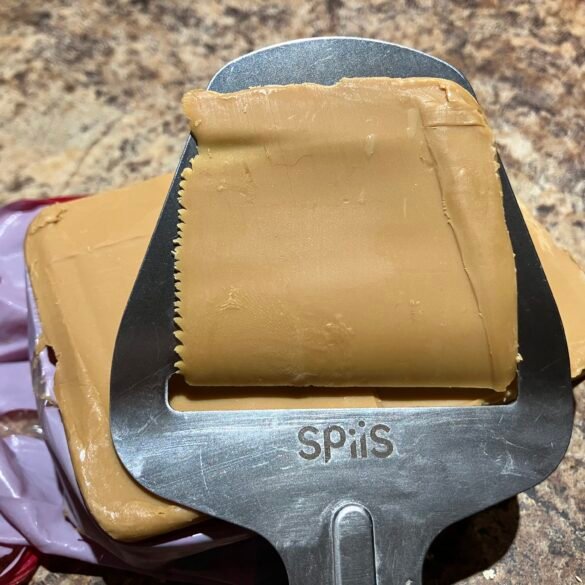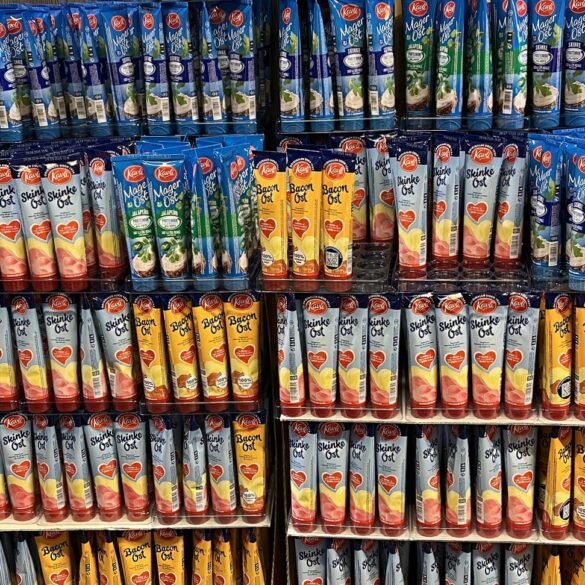Food has always been an essential part of travel for me. I’ve always been an adventurous eater, from grubs to scorpions, cow brains, and alpaca. Except for an occasional refusal to nibble on a fried guinea pig, I am usually game to try anything locals eat and always fully immerse myself in regional cuisine. We hardly visit American restaurants abroad unless it’s to pop into a McDonald’s bathroom. To us, food is more than just a necessity; it’s part of the journey. It helps to understand the culture and history of the place we visit, experience local traditions, create memories and taste associations, and often fall in love with the newly discovered destination.
And then we got to Norway. On the very first day in Bergen, I asked our lovely Airbnb hostess about the best places around town to get some Norwegian food. She cheerfully recommended an Indonesian lunch spot, a French café, an Italian restaurant…
“But we would like to try Norwegian food!” I protested.
“Oh, even Norwegians don’t eat Norwegian food!” she laughed and went on to tell us that Norwegian traditional fare usually consists of boiled meat, potatoes, and cabbage, simply seasoned with salt and pepper. So, it’s no surprise that Norwegians are big fans of Asian curries, French crepes, and Italian pizza.
But I am not one to give up so easily. Over the next two weeks, we sampled every local dish we could find in fancy restaurants, tiny cafes, and street food stalls, and discovered ingredients and recipes far beyond the basic northern cuisine of hearty stews meant to survive the winter. In fact, some of the most interesting foods I’ve ever tried were in Norway.
It all started in a seafood restaurant, “Fish Me” in Bergen’s harbor, the exact place our walking tour guide pointed out as being incredibly overpriced. We did not heed his warnings and ended up paying $11 per oyster. Because that oyster didn’t exactly fill me up, I decided to continue making questionable choices and ordered whale sashimi, while Victor asked for salmon. The sashimi arrived at the table, thin slices of dark, jiggly meat to be eaten raw, without any sauce or accompaniment. I popped one into my mouth and was strangely surprised that it tasted more like fish than meat. A whale is a mammal, and I presumed it would taste like some version of chicken, which most exotic meats taste like to me – turtle, alligator, and alpaca, for example. Whale essentially reminded me of a slightly more flavorless version of tuna, with the same color and texture, but not quite as much taste. I ended up stealing some of Victor’s salmon off his plate just to feel like I’d eaten something reasonable. Later on, we saw whale sausages for sale, but one taste was more than enough for me to realize I was not a fan.
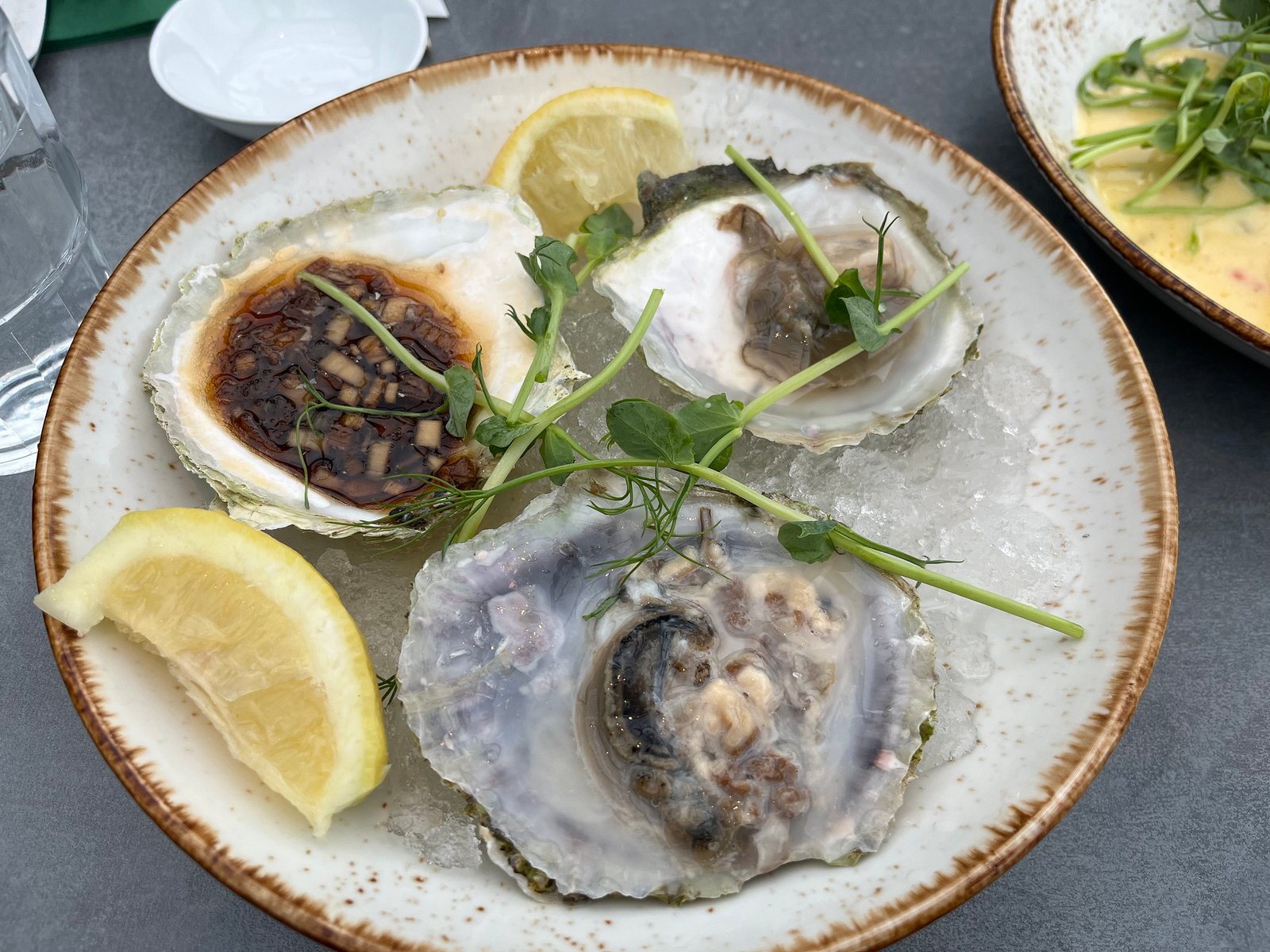
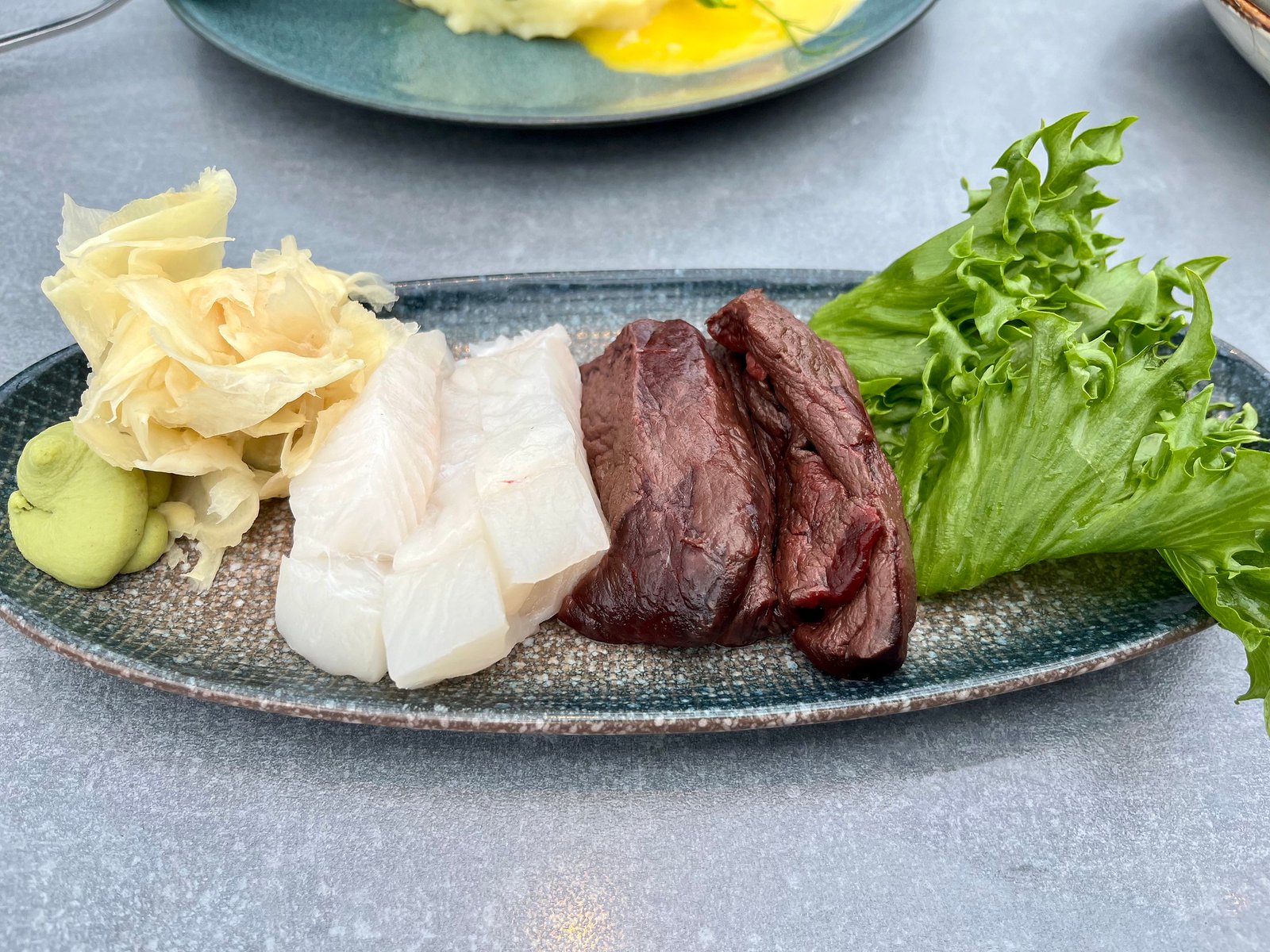
We didn’t eat in too many restaurants throughout our trip. Restaurants in Norway are expensive, even if they did seem cheap in comparison to that very first visit to “Fish Me”. Also, most places we wanted to try only had prix-fixe menus for dinner, which included some type of meat for one or more courses, which would not work for Victor, who is nowadays a pescatarian. Out of the few restaurants we did try, our favorite was in Flåm, by the departure point to the fjords. As the Norwegian summer is quite cold and it actually snowed that day, we chose to start with a hot pumpkin soup. It was creamy and flavorful with crunchy pumpkin seeds, and overall, one of the best soups I’ve ever had. Next, we shared a tender and flaky baked salmon with perfectly roasted potatoes and veggies in a delectable cream sauce. It was a simple meal, but so well made, we almost licked our plates clean.
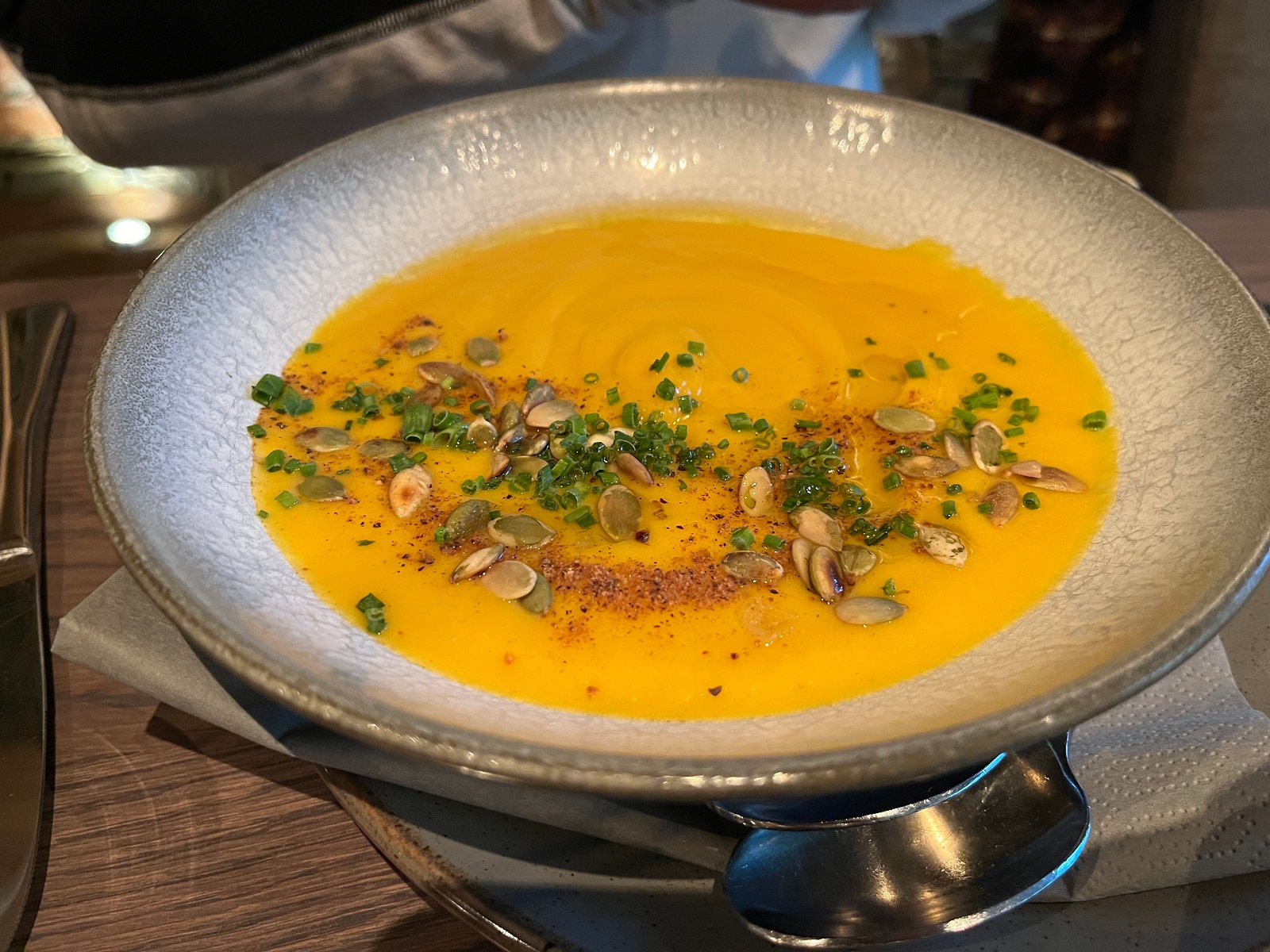
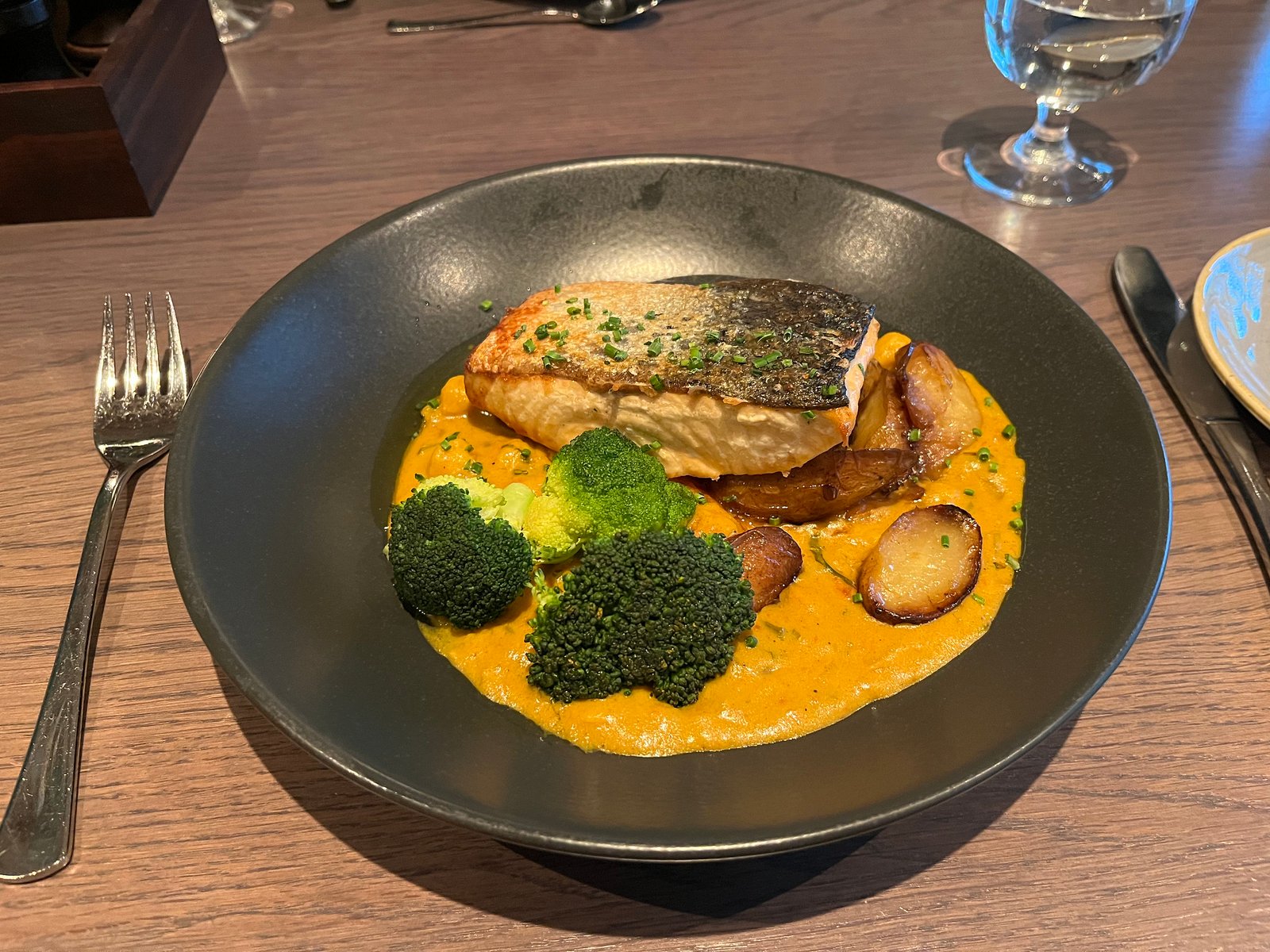
For summer vacation, we sure ate a lot of hot soup. In Bergen, I chowed down on reindeer stew, which was creamy and satisfying without an overly gamey aftertaste. Later, I also tried a giant reindeer hot dog with grilled onions and cranberry sauce and decided that reindeer was one of my favorite exotic meats, not just of this trip, but overall. While I was munching on reindeer, Victor was gracious enough to share some of his famous Bergen fish soup with me, and it tasted much like clam chowder, hearty and creamy, but with a more pronounced fish flavor. And finally, in a Viking Museum on the Lofoten Islands, we visited a recreated Viking house where young servants prepared a meat stew in a giant pot over an open fire, and I was swayed to take my lunch early as heavenly smells wafted from room to room. This Viking stew was a reminder that there is no need for exotic ingredients to make a delicious meal.
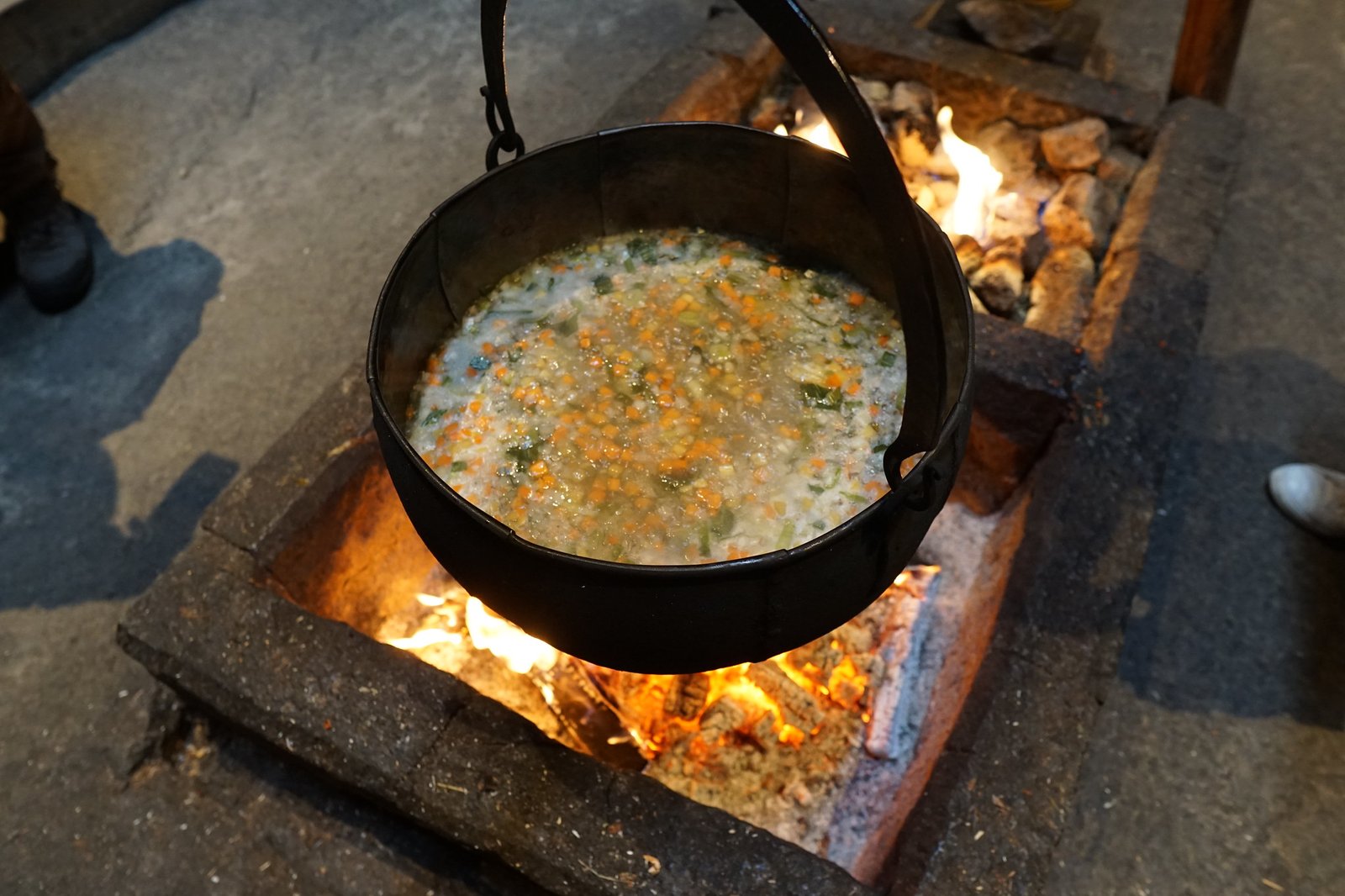
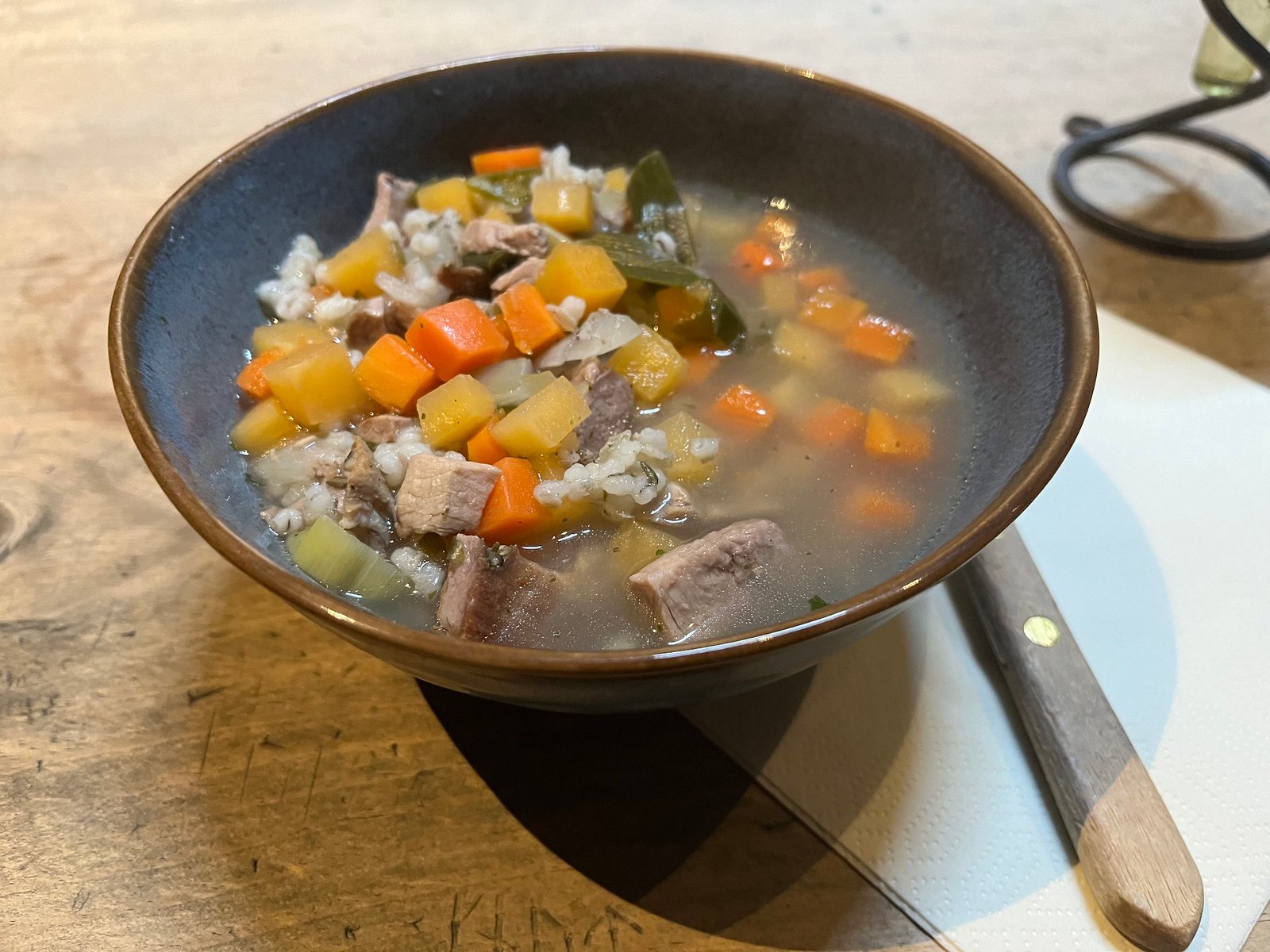
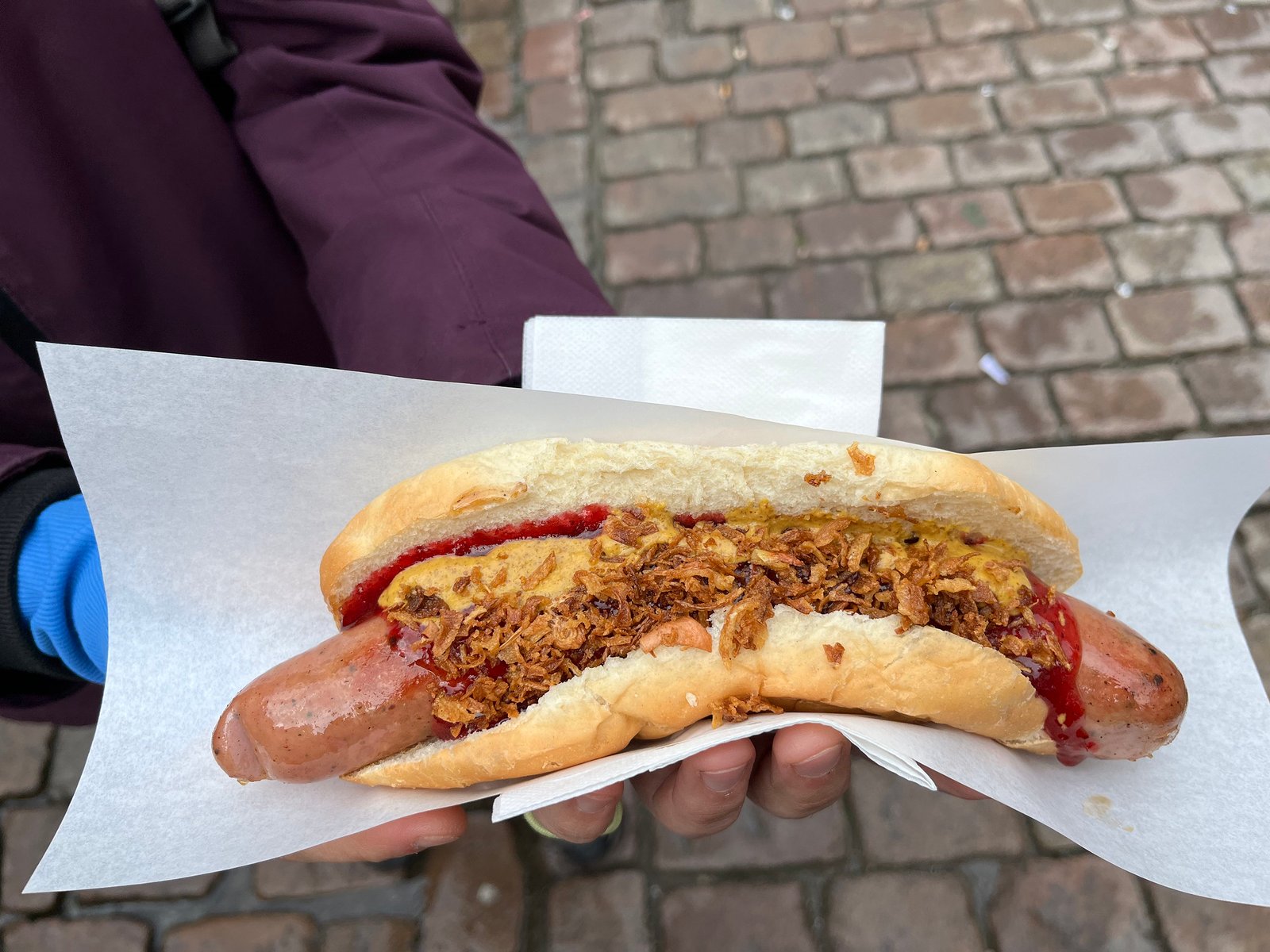
As surprising as whale and reindeer meat and eating hot soup in the summer were, the most shocking thing to us was that one of the most popular dishes in Norway just happened to be one of the most common in Chicago. Tacos! Chicago has a huge Mexican population and some of the best Mexican food anywhere on the planet. Norway… doesn’t. I have no idea how tacos made it to Norway, but they are here to stay! Norwegians even have a Taco Friday and prepare for the weekend by indulging in authentic Mexican tacos usually prepared at home buffet style. Most grocery stores on Friday had all taco ingredients laid out in front displays, along with pre-made tacos to go. We counted at least 40 taco restaurants in Bergen city center alone, and many were fully booked with no reservations available on a Friday night. We finally found a small Latin American fusion spot where we participated in the long-standing Norwegian tradition of eating tacos on a Friday. We are spoiled for choice when it comes to Mexican food in Chicago, but surprisingly enough found that Norwegian tacos were pretty decent.
At the same restaurant, we also tried moqueca (Brazilian fish stew), which was so delicious, I actually had to recreate it at home. We have been to Brazil, but never tried it there. So, on our very last day in Norway, as I slurped fish stew almost 10,000 km away from its Brazilian home, I started to wonder if we had been unfairly ignoring the multitude of global cuisine options in Norway and the locals’ appreciation for international flavors. After all, the most beloved local pastry, skolebolle, is topped with shredded coconut, not exactly a local ingredient! This fusion of flavors, cuisines, and ingredients from all over the world is what makes the evolving modern Norwegian diet so much more exciting than the boiled meat and potatoes of old times.
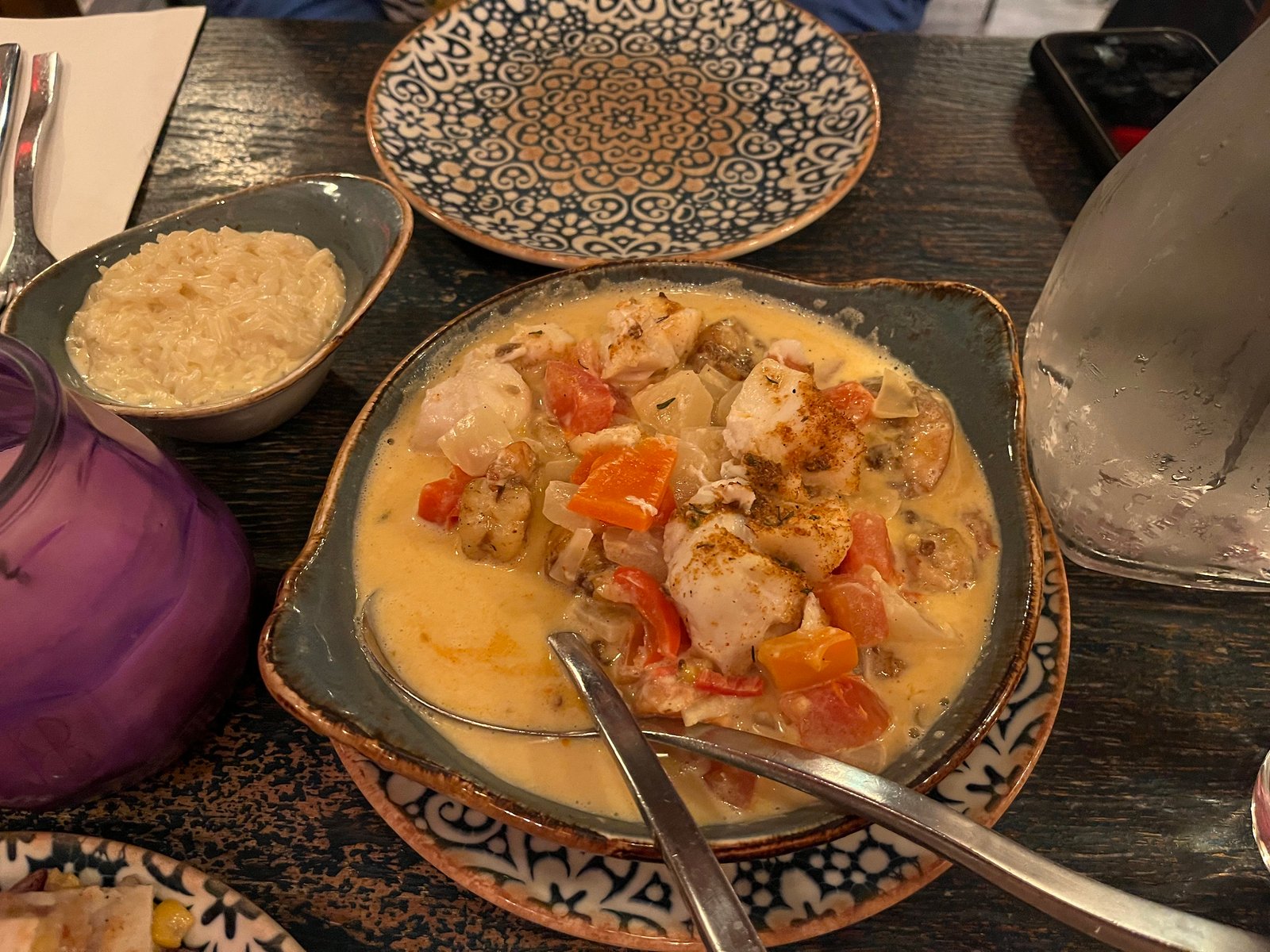
More about skolebolle as well as grocery store staples in the next post!
